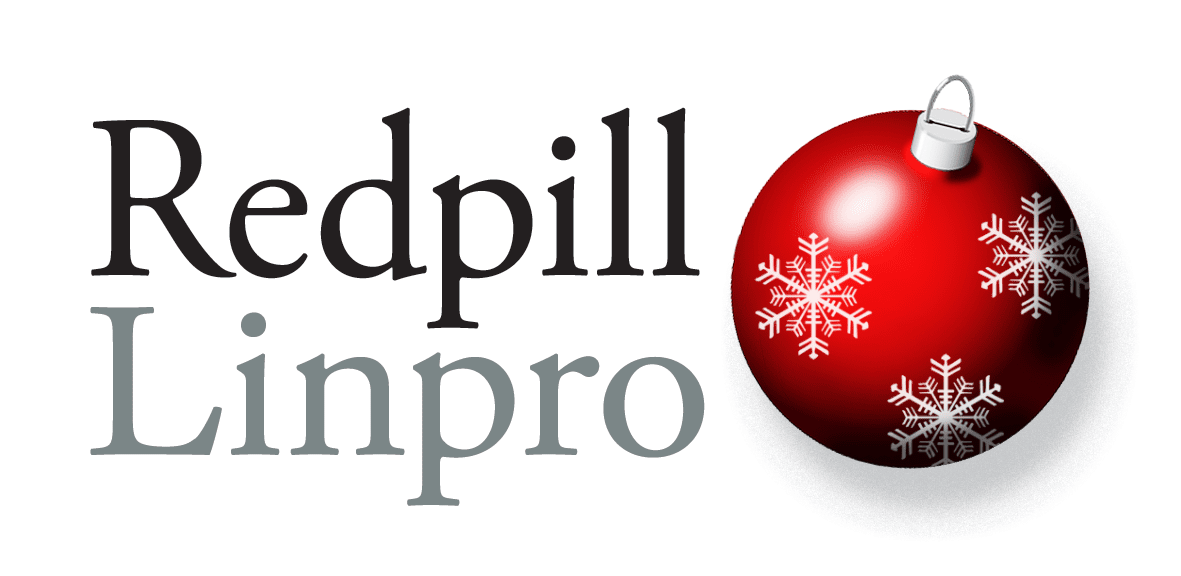This post appeared originally in our sysadvent series and has been moved here following the discontinuation of the sysadvent microsite

This post appeared originally in our sysadvent series and has been moved here following the discontinuation of the sysadvent microsite

Sometimes it is be nice to mount a path from a remote file system as if it was local. Setting up NFS or Samba may be a lot of hassle, and may require root access on one or both of the boxes. Enter FUSE and SSHFS.
FUSE makes it possible to implement a file-system in a user-space program. Lots of such programs exists, making it possible to access web sites, blogs, your android, google drive, your google mail and lots more as if it was local file systems - all without root. There is an incomplete list on Sourceforge.
For quick access of a remote file system, there is SSHFS. It’s very simple to use:
## Install sshfs
$ sudo pacman -S sshfs ||
sudo apt-get install sshfs ||
sudo yum install sshfs ||
sudo opkg -i sshfs ||
sudo zypper install sshfs ||
sudo my_fancy_package_manager install sshfs
## create a mount-dir and mount
$ mkdir my.box.at.bekkenstenveien53c.oslo.no
$ sshfs my.box.at.bekkenstenveien53c.oslo.no: my.box.at.bekkenstenveien53c.oslo.no/
## access those files
$ ls my.box.at.bekkenstenveien53c.oslo.no/
...
$ mplayer $(find my.box.at.bekkenstenveien53c.oslo.no/ -name *.mp3)
...
## unmount
$ fusermount -u my.box.at.bekkenstenveien53c.oslo.no
Of course SSHFS doesn’t fit all needs:
mplayer command above didn’t work out to well for
me (with too slow bandwidth out of that house, too many files and
directories in that home directory on that box, etc … and finally
the file names contained spaces).$ sudo ls ~/my.box.at.bekkenstenveien53c.oslo.no/
ls: cannot access /home/tobias/my.box.at.bekkenstenveien53c.oslo.no/: Permission denied
The official web pages of SSHFS is also found on GitHub.
Updates
Tekton is a neat Kubernetes native CI/CD system. In this article we will explore what Kubernetes native means and show how this allows us to implement CI/CD features that are not present in Tekton itself by leveraging the power of the Kubernetes API. As an example, we will show how to ensure that Pipelines do not run in parallel.
... [continue reading]